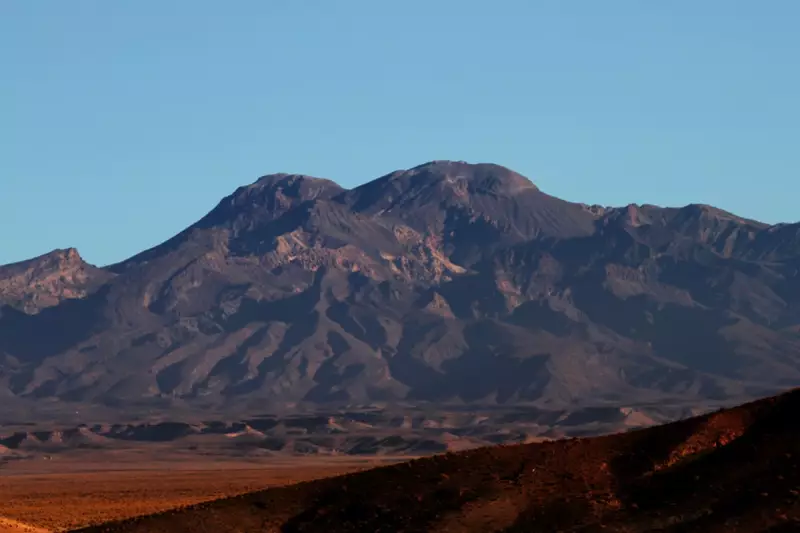
Dramatic volcanic activity has been reported at Mount Taftan in southeastern Iran, with the dormant volcano awakening to send towering plumes of smoke and ash into the skies.
The eruption has created a spectacular yet concerning spectacle in the remote Sistan and Baluchestan province, close to the Pakistan border. Local authorities are monitoring the situation closely as volcanic ash begins to drift across international boundaries.
Regional Impact and Monitoring
Satellite imagery and ground observations confirm significant volcanic emissions from the 4,000-meter peak. The ash cloud has been observed moving eastward, potentially affecting parts of neighbouring Pakistan.
Local meteorological officials have confirmed increased seismic activity in the region preceding the eruption, suggesting this may not be an isolated event. The volcano, whose name translates to 'burning mountain' in Persian, has demonstrated periodic activity throughout recorded history.
Safety Measures and Preparedness
While the eruption currently poses no immediate threat to major population centres, authorities in both Iran and Pakistan have activated emergency monitoring protocols. Aviation authorities have been alerted to potential ash cloud hazards to air traffic.
The remote location of Mount Taftan has mitigated immediate risks to dense human settlements, but officials remain vigilant regarding changing wind patterns and volcanic behaviour.
Geological Context
Mount Taftan forms part of the volcanic Makran range, which stretches across southeastern Iran and into Pakistan. The region's complex geology results from the collision of the Arabian and Eurasian tectonic plates.
This latest activity serves as a reminder of the dynamic geological forces continuously shaping the Middle Eastern landscape, with volcanic monitoring becoming increasingly sophisticated in the region.





